How to Homestead – A Guide for Beginners
This post may contain affiliate links. Read my full disclosure here.
I come from a long line of homesteaders, but I haven’t always lived in the country. Thankfully, you can still put homesteading skills to work, even in the city or suburbs. We’ll share how to start a homestead from scratch, adapting lessons from my grandparents to modern life.
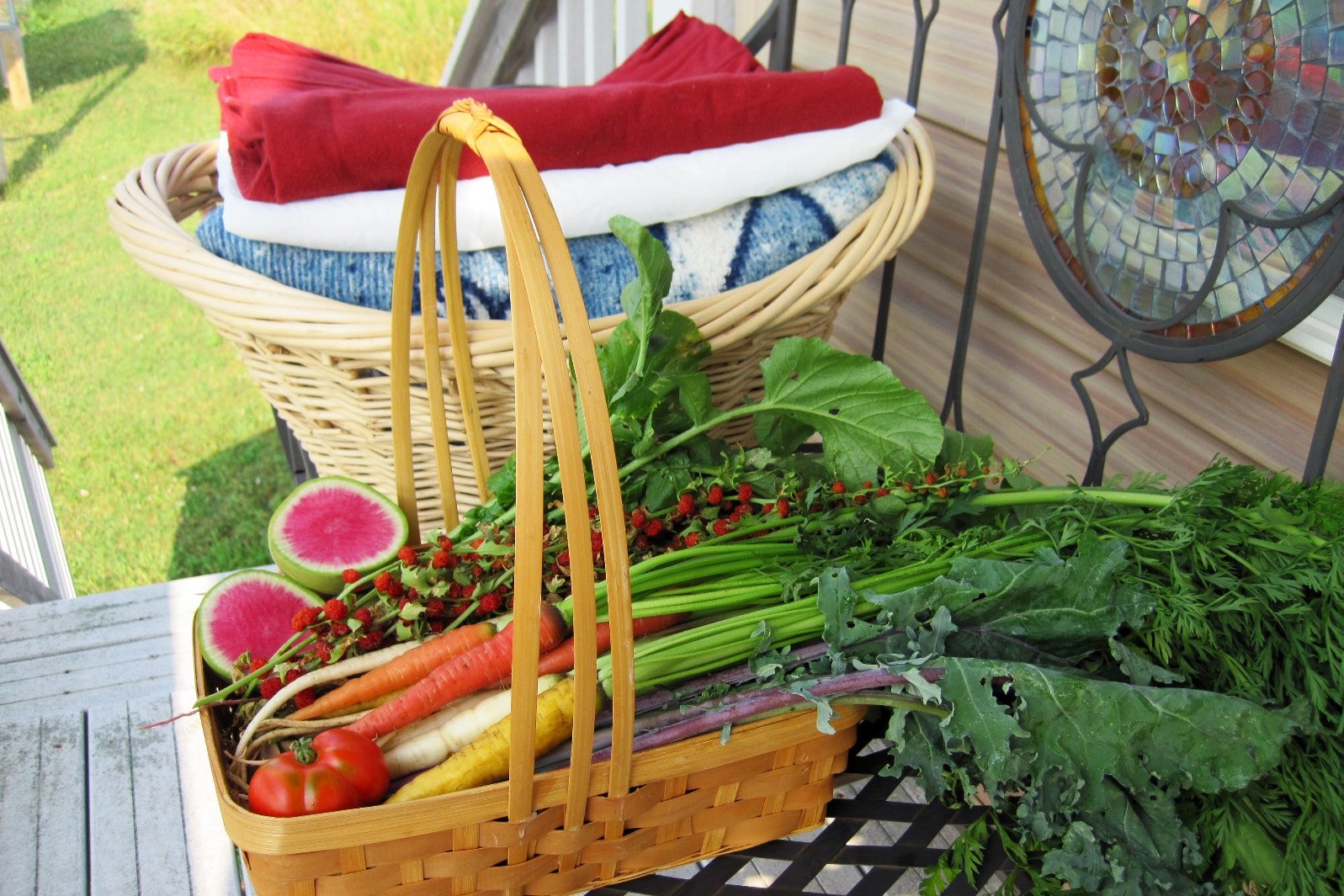
How to Start a Homestead
Homesteading means living a more self sufficient lifestyle, which starts with providing for basic needs. These include:
- Food and Water
- Shelter and Hygiene
- Clothing
Money is tight for many and the economic is uncertain. Saving money can be as good or better than simply busting your backside to try and earn more money. (The IRS is not taxing garden produce, chickens and homemade clothing – yet.)
My grandparents were resilient, and got along pretty well when the Great Depression hit compared to many. Why? Because they were able to provide for many of their own needs right on their small homestead farm.
Read “5 Lessons from Great Depression Life that Still Make Sense Today“.
Start your homesteading journey thinking strategically:
- What does my family use every single day?
- How is our budget spent?
- What activities would most improve our quality of life?
You don’t need to do everything at once! Just pick one project or idea to focus on first. Work on it until you’re happy with the results, and then move on to the next.
Let’s get started on improving your resilience and creating your dream homestead.
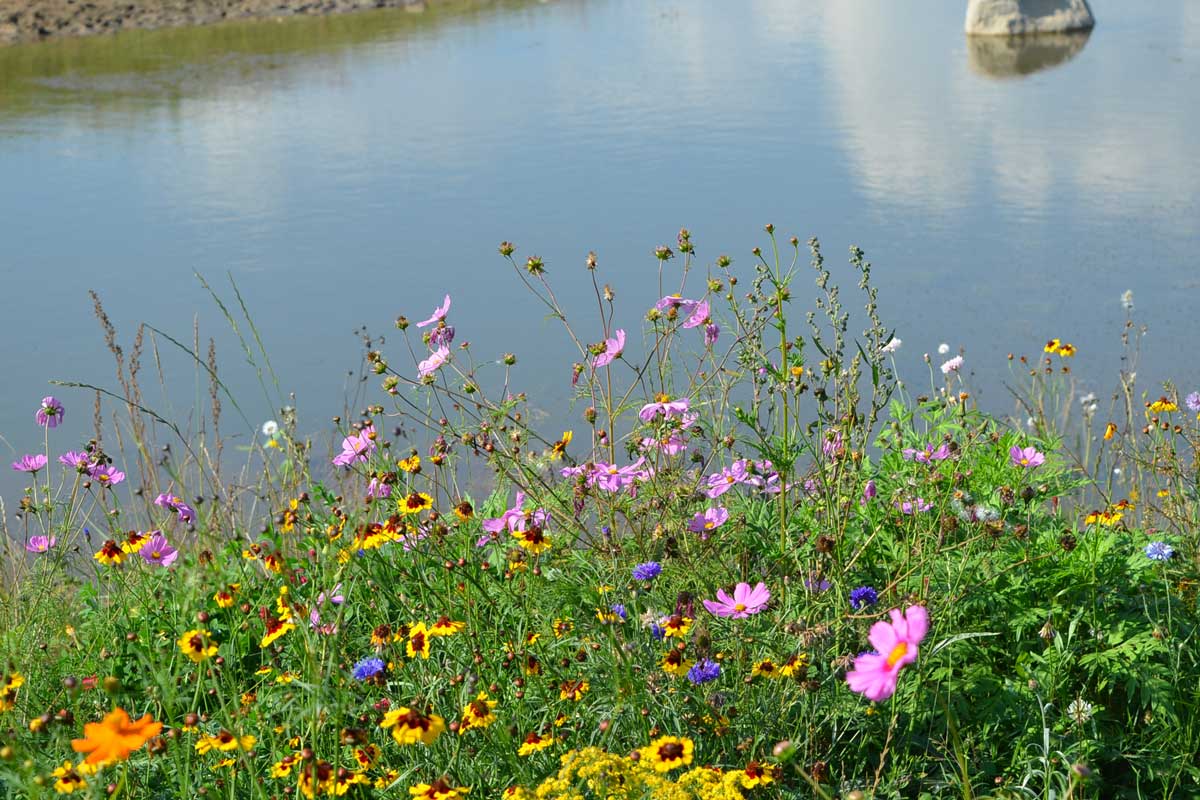
#1 – Make Sure You Have Access to Clean Water
Safe water and having enough water have become serious issues around the globe. Drought, contaminated municipal water supplies, contaminated wells – water problems are real.
Without safe water, nothing else matters. Every household should have water storage on site for emergency use. It’s also a good idea to get your water tested, and have a water filter.
We get our water tested annually through our local land conservation office. There are a number of different filtration options available. Some are for daily use, others are for emergency use.
For water storage and filtration tips, and rainwater collection guides, see:
You can’t provide for your family, grow a vegetable garden or have livestock without SAFE water.
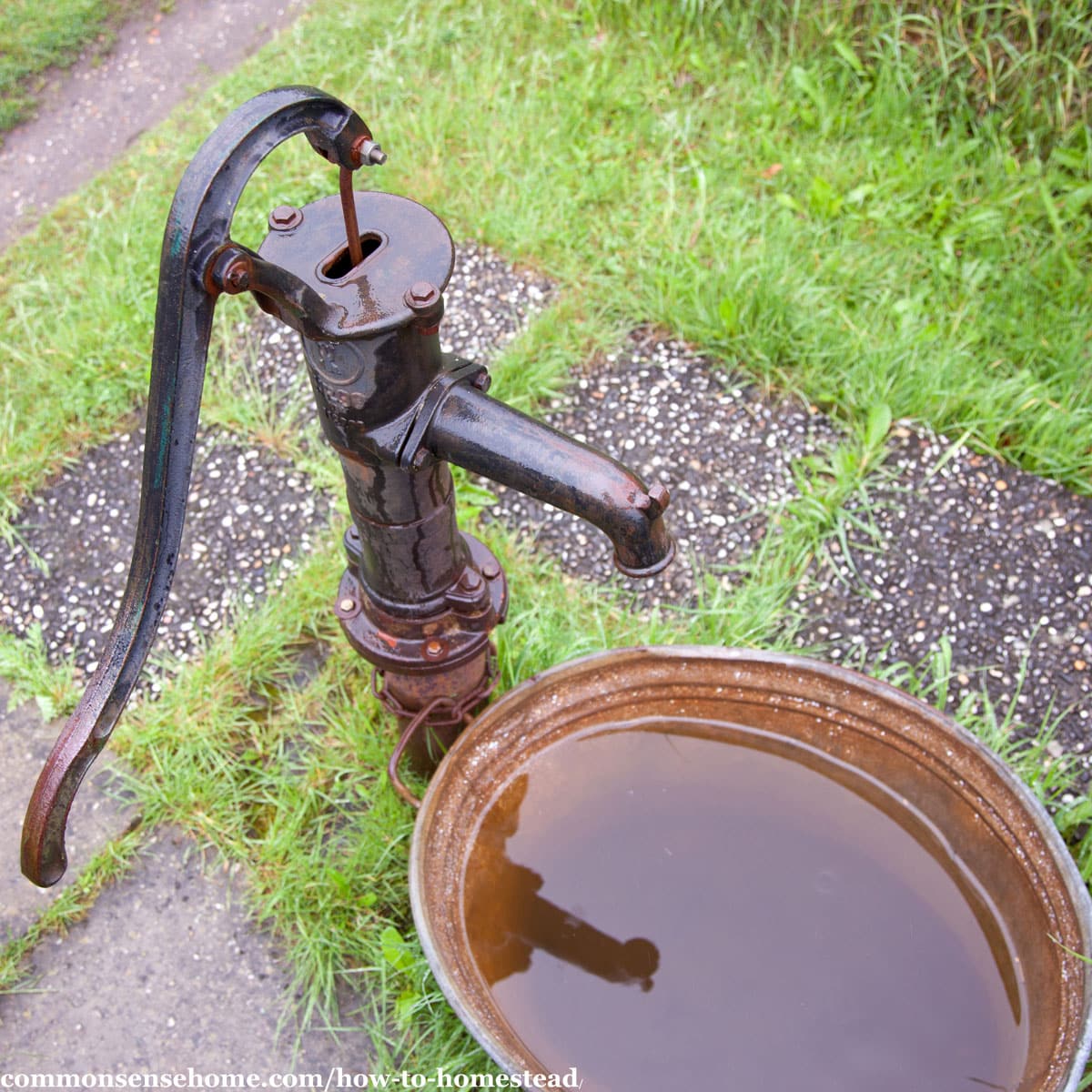
Grandma and grandpa found this out during the Dust Bowl Years. They had to get creative with feeding the cows, grazing them in swampland and on brush. They had a hand pump for the well, and their biggest concern was whether or not it might run dry. Now we have to contend with drought and contamination.
Friends found out that the high iron levels in their well water were killing their rabbits. They also had problems with high nitrates due to factory farm runoff. Natural disasters and failing infrastructure also lead to unsafe water.
#2 – Grow Your Own Food
Gardening and growing your own food is an important part of homesteading life and living off the land. Both sets of grandparents had big gardens and did canning and preserving.
Mom’s mom had a big poppy patch for bread seed poppies, to use in kolache, tea rings and rolache. We had fruit trees on the family farm for apples and plums.
Dad’s mom loved strawberries better than the birds. She’d pick them half green and ripen them in the window so she get as many berries as she could.
Even apartment dwellers may be able to have some containers in a sunny window, or start a small patio garden. You can also use a hydroponic kit or mini garden with built in lighting. Community garden plots may also be an option.
If you own land , consider using permaculture principles to develop a sustainable food forest. Even small lots can include edible landscaping, and maybe a small chicken coop.
See: How to Start a Garden – 10 Tips for Beginning Gardeners
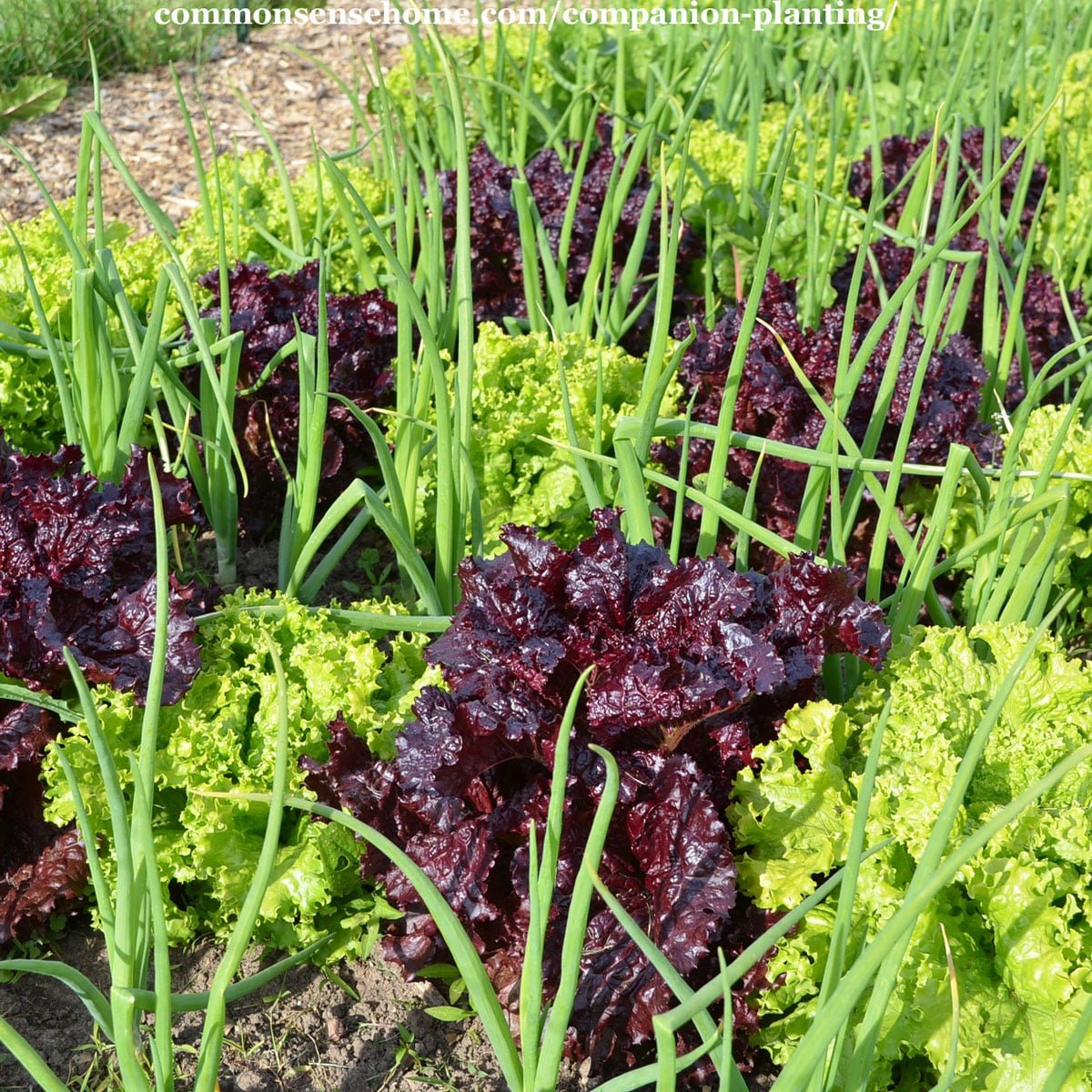
Homestead Livestock
Chickens and rabbits are good animals to start with on your homestead. They don’t require lots of room, and are easier to care for than larger animals. For fresh milk and cheese, dairy goats are a good starter animal. If you have more room, a family cow may be a good fit.
Our of introductory guides include:
- Raising Chickens – The Easy Guide for Beginners
- Meat Rabbits – What You Need to Know
- Getting Started with Homestead Goats
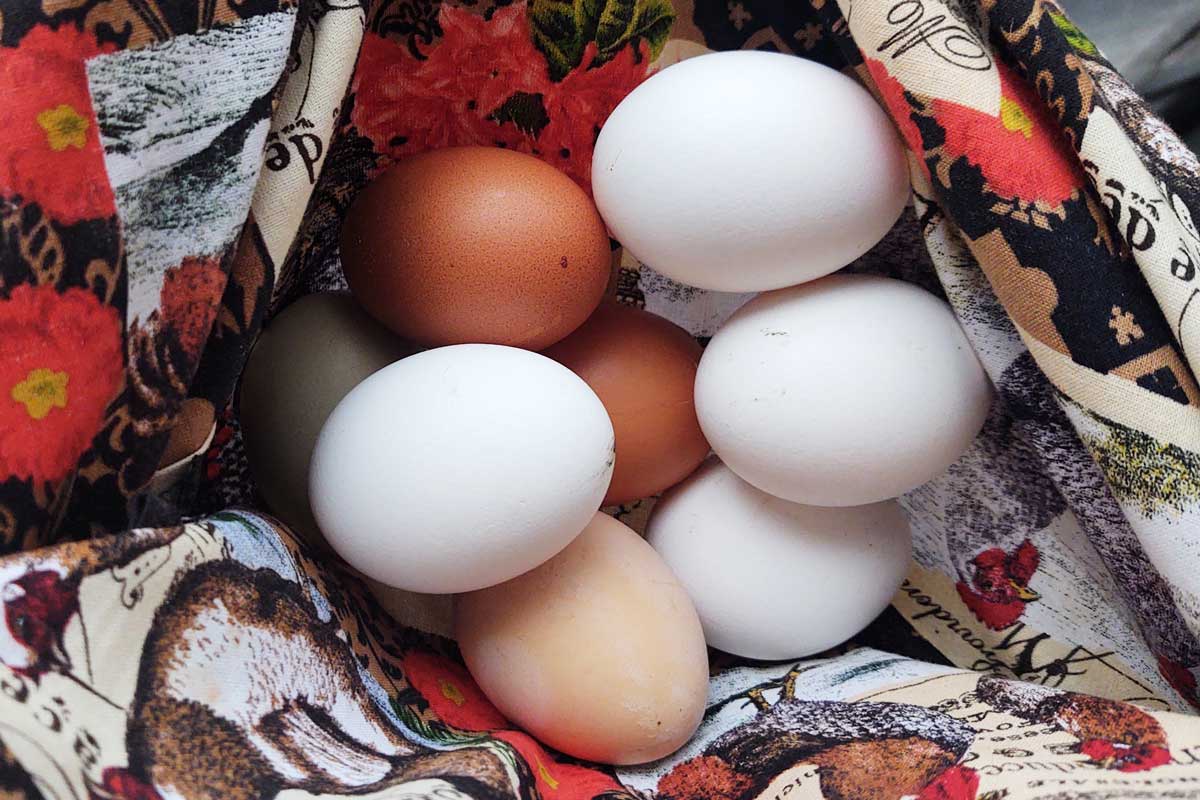
#3 – Preserve Your Own Food
Food preservation allows you to store local produce to enjoy year round. You can also stock up excess for lean years.
I have a big crock that was passed down from my grandmother for making sauerkraut, brine pickles and wine. We also have some glass gallon jugs that used to store blackberry and dandelion wines.
If you don’t have a garden of your own, you can buy in bulk from farmers markets or local growers. Even urban homesteaders can take advantage of seasonal sales at the grocery store can help save money.
A well stocked pantry is useful every day. It’s a real blessing during bad weather, job loss or other budget constraints.
Unlike grandma, we don’t have to rely solely on the root cellar, food on the hoof or water batch canning. We can also use freezing, dehydrating, pressure canning, freeze drying – whatever fits our time, space and budget.
Food Storage Resources
To get started building your food storage, check out:
Would you like to save this?
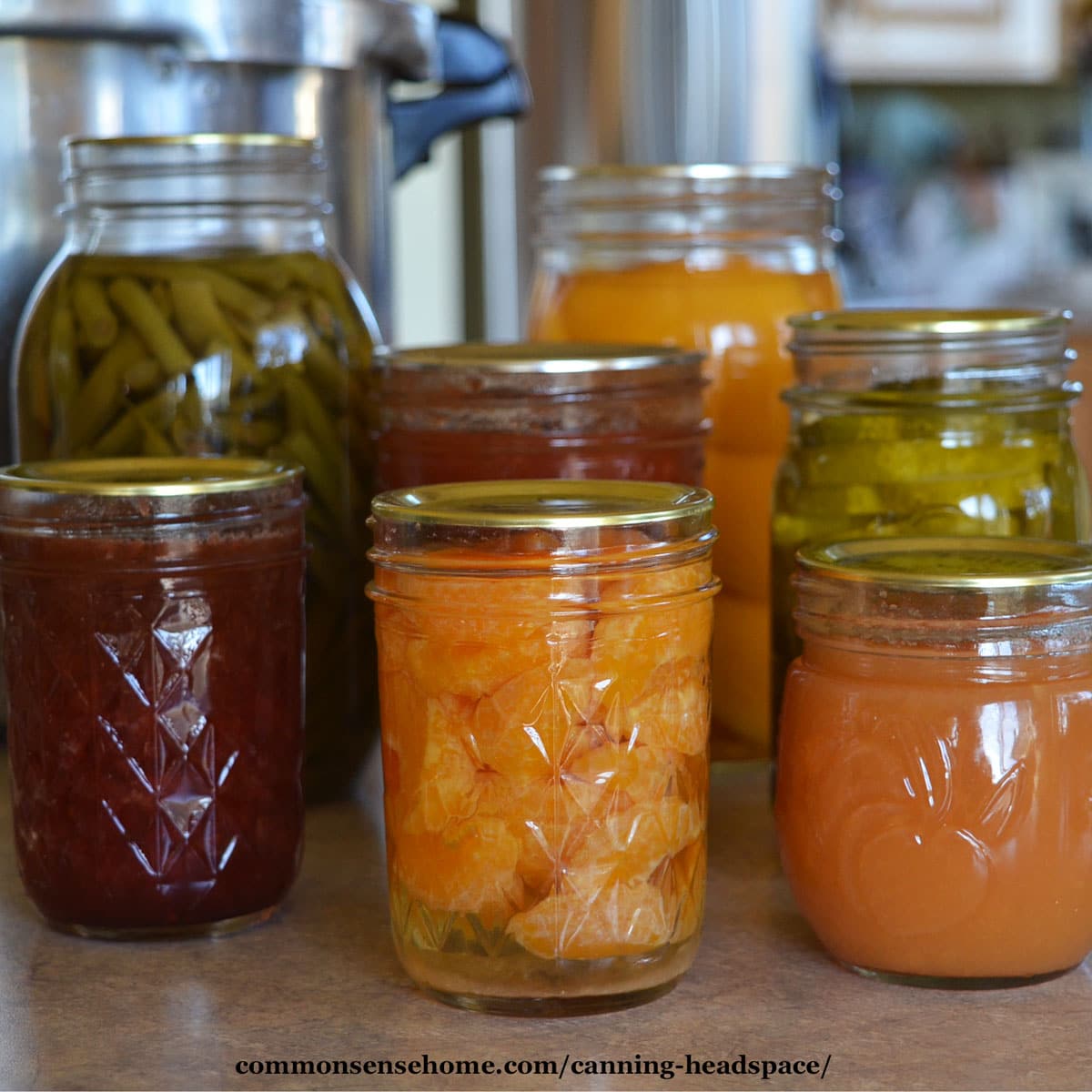
#4 – Make Your Home More Self-Reliant
Many people associate homesteading with “getting back to the land” or being completely disconnected from public utilities. Some homesteaders do this, but you don’t need to be off grid to be more self-reliant.
For even more ideas, see “50 Ways to Become More Self-Reliant“.
Both sets of grandparents used wood heat, which any wood stove user will tell you “heats you up twice”. You warm up once when you cut it, and once when you burn it.
I worked in the solar industry for several years before becoming a full time homesteader. Solar gets a lot of press, but your quickest return on investment (in most cases) comes from energy conservation. Projects like replacing leaking windows reduce both heating and cooling bills. They may pay back the investment in a season or two.
I have a great list of ways to cut your energy use in the Homesteading 101 ebook (free for subscribers). “9 Tips Everyone Should Know for Keeping Your House Cool” can help cut those summer cooling bills.
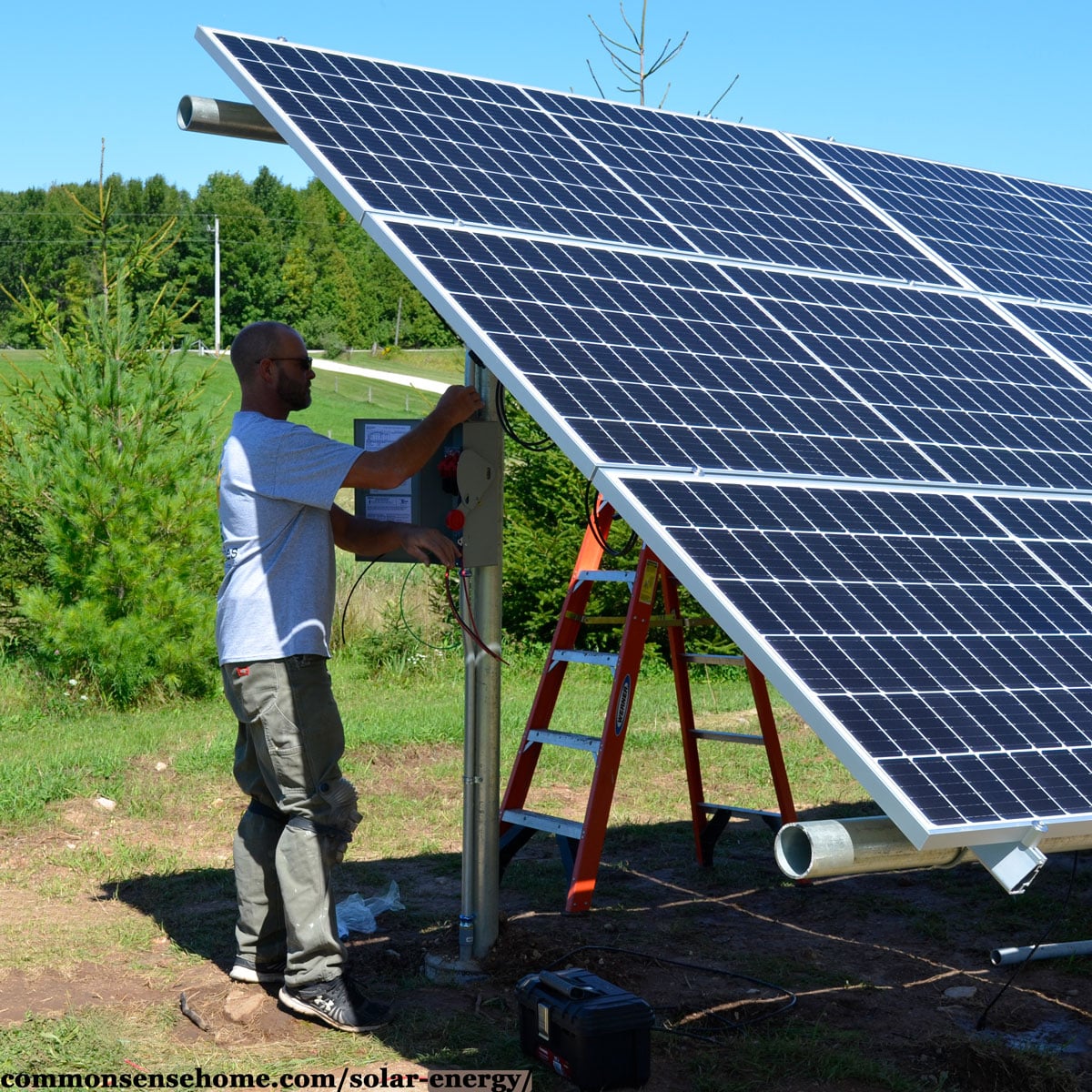
Alternative Energy Resources
If you are ready to make a bigger investment in producing your own heat and electricity, take a look at:
- Solar Water Heating
- Solar Electric Pros and Cons
- 5 Things You Need to Know Before You Buy a Wood Burning Stove
Choose Simple Living
Save money by buying used and repurposing items instead of tossing them in the trash.
Advertisers bombard us with ads telling us to get the latest and greatest electronic gadget or new clothes. I’m sure someone is buying that junk. It’s just not me, and I’m guessing that if you’ve gotten this far in the article, it’s not you, either.
Through the magic of YouTube, you can find instructions on how to repair almost anything. It’s awesome! You can also find tons of ideas for recycling and upcycling. Use your imagination!
Making your own home goods and cleaning products allows you to reduce toxic chemical exposure and save money. Some ideas for simple projects:
- Easy, Non-toxic Homemade Deodorant
- Super Easy Hard Lotion Bar Recipe
- Do It Yourself Laundry and Household Cleaners
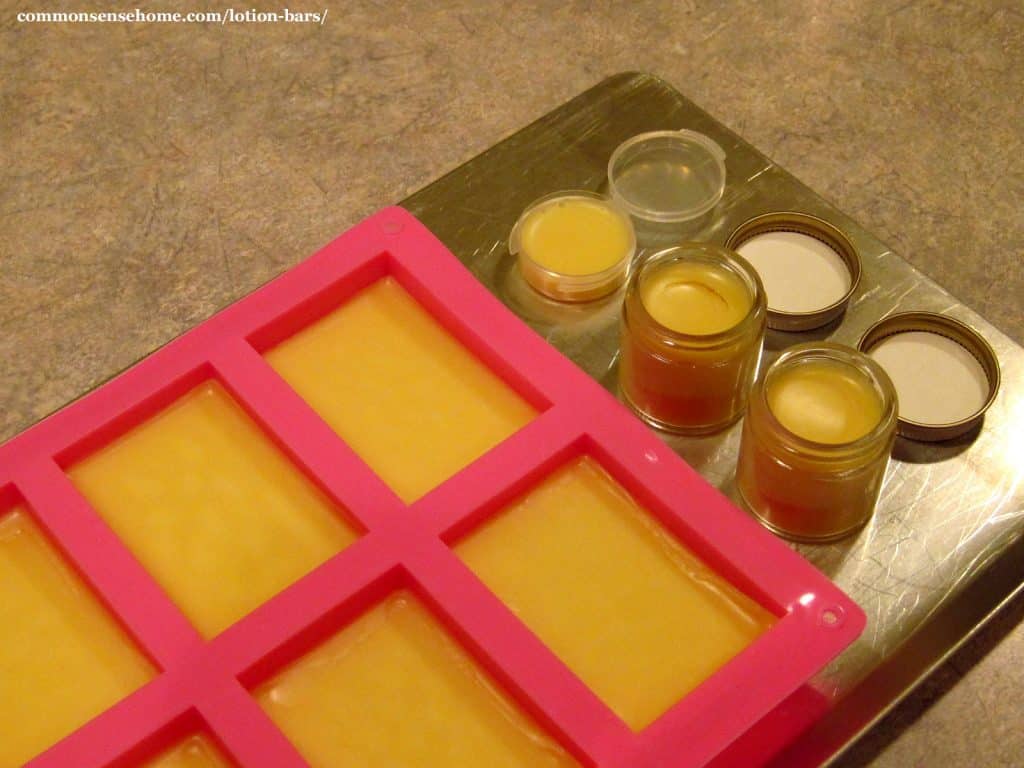
#5 – Learn Homesteading Skills
My sewing skills consist mostly of mending, which, while useful, is rarely beautiful. Mending is a lot cheaper than replacing an entire garment (or piece of furniture).
Mom used to keep a scrap bag of completely worn out clothes to patch other clothes. I do the same thing. Grandma made many of their clothes from scratch, including flour sack dresses for my mom.
I have friends who do beautiful work with yarn and fabrics, plus there are other local artisans who sell handmade goods.
While more expensive up front, quality handmade goods will generally outlast and outperform their cheaper retail counterparts. If you make items yourself, you can enjoy the quality for the cost of your time and materials.
If you’re not up to tackling more projects, shopping for used clothing can stretch your budget. Sometimes you can find some real gems, too. Older clothing was often better made than some of the current see-through, poorly made junk now available.
Other useful skills for starting a homestead include:
- small engine repair
- wood working
- herbalism
- wildcrafting and foraging
- bee keeping
- construction
- sharpening tools
- bartering
If you have like minded friend, you can help each other on projects.

Benefits of the Homesteading Lifestyle
Living the homesteading lifestyle can help you break free of the rat race. If you to provide for more of your own needs instead of buying things, you need less income.
When you work with the seasons, you become more aware of the changes and the pulse of natural rhythms. This applies to gardening, raising animals or using solar energy.
It’s a beautiful thing to step out into the morning sun and listen to the birds singing. There’s nothing like wandering over to your garden to enjoy some fresh picked berries, still wet with morning dew.
Homesteading also helps fight Couch Potato Syndrome and Cell Phone Neck. Keeping busy with projects around the homestead keeps you active and breaks up screen time – without an expensive gym membership.
Homesteading builds community as you get to know those with related interests, like beekeeping or gardening clubs. It’s also a great way to get to know your neighbors and start bartering goods and services.
If you’d like more ideas on how to homestead, sign up for the newsletter. Your subscription includes a free copy of “7 Steps to Become More Self-Reliant”. You can also check out my favorite homesteading books right here.
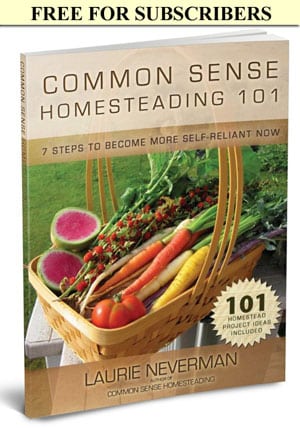
Do you consider yourself a homesteader? I’d love to read your suggestions/lessons learned that you’re willing to share with new homesteaders.
Every homesteading journey is unique, and building community is one of my favorite parts of homesteading.

This article is by Laurie Neverman. Laurie grew up on a small dairy farm in northwest Wisconsin, and now lives on a 35 acre homestead in northeast Wisconsin.
She and her family combine the best of old and new to create a more sustainable lifestyle. They use solar water heating and line drying, root cellaring and freeze drying, annual gardens and permaculture. There’s always more to explore!
Originally posted in 2016, last updated in 2024.

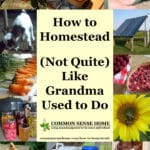
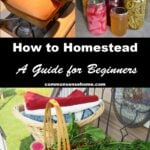
hi Laurie,
May I ask of there’s a post…a link where I can get info about building a homestead ?
a house plan for example ?
I looked at the photo of your parents house above and love that kind of house
Hi Francis.
Are you referring to the photo at the top of the article? That’s our place. (The barn and silo behind the house belong to the original farm.)
On the Green Home Index page, we have a variety of articles about practical building, solar, our open house, and a series I wrote while we were building that includes floor plans.
Dear Laurie,
Thank you for the excellent post. I’m finding it most helpful.
Hi! Love all the ideas. I would love to have the book but e-books do me no good if our grid goes down. And printing is costly with paper and ink. Is there any chance that you will be putting these and other inspirations into a real hands on book for our shelves? I would buy that!
Kathryn in Montana
Hi Kathryn.
I’ve put some things into print book format, but as you noted, paper and ink are expensive, so most people prefer to access the online information. I’m not sure if/when I’ll tackle another print book due to the time and cost involved. If we do it, it will be print to order. Would you be willing to pay more for a book with color photos, or are you just interested in the text and/or text with black and white photos?
We currently have all the bread recipes from the site, plus several more and baking tips available in the book “Never Buy Bread Again“, which is full color spiral bound so it lays flat on the counter.
Our other print book is Psoriasis Healing, which is black and white print to order.
“Free land”wasn’t free . it was stolen from American Indians from all ovwe. They fought to keep their land in so doing most of them lost their lives. In my family we have always grown plants for food,medicine,dinking,cleaning,&so on. I enjoy keeping these traditions. Some of my family got sick with covid. I didn’t. I mixed up an old recipe&in 3 days tgey were well with no sign nor symptoms of covid! Thank GOD that He provided us with the plants&the knowledge. I have a lot of plants in my yard which is an acre. We live in northwest Florida. When we got hit by Hurricane Michael i was tge only one in my community that had wash boards,wringers,clothesline &homemade detergent,stain remover,softeners&fragrance. Also have a 6 burner wood stove tgat has an oven that i can completely crawl inside of! So everyone came to me to get baths, hot water, food cooked and all the kids played in my yard and we all harvested fruits,veggies&nuts! I also have over 100 chickens! They’re all spoiled rotten too.. We preserve alot of our foods including meat. My husband is a truck driver and I’m home. Only problem is that it’s only me doing all tge work. Wish i had some free help!!!!!!
Dear Racole,
I would love it if you would share the things you used to help your friend with Covid, please. I’ve been lucky enough not have it in my family yet, but I’m trying to be prepared.
Thank you for our help,
Cathleen
You have a great website here with plenty of in formation. I don’t know what part of the country you are in, but it must be in a colder climate. We live in the SE and our planting dates are a bit different than your location. For example, you plant potatoes there in May, where we plant them in Jan and Feb. Different parts of the country have different planting dates for outside direct planting. I have been doing this for almost 60 years. Maybe it would be more practicable if you would list dates for different parts of the country.
We live in Wisconsin, so yes, planting dates will be different than in the southeast USA.
In the articles and guides where I talk about specific planting dates, I note that they should be determined based on frost dates (first and last). Given that we have readers from over 200 different countries and all over the USA, it’s not practical to list specific dates for planting every crop in every location.
In addition, there are guest posts written by friends from Louisiana and Texas to talk about the differences in their gardening strategies compared to mine. One deals with extreme heat in the garden, and the other talks about how they garden year round because they can’t use a traditional root cellar in their area.
I live in a small apartment, yet grow tomatoes, herbs, garlic, mint, bell pepper, etc. I also make my own laundry soap and cleaning supplies. If I can do it in 800 sq feet any one can. Thank you for your article. I enjoyed it thoroughly.
Good for you! It sounds like you have a great “can do” attitude.
Excellent and practical, which I like.
It’s not just the local water sources that people need to check out, but the whole aquifer. 1) How fast is it dropping & how large an area can draw on it & 2) What are local & state water preemption rights & laws when there isn’t water for all users??
Good points.
I’ve only had time to skim the surface at pesent, but–wow–this looks like great info, and I am definitely planning to come and spend some seious time here. We are beginning our 2nd year on our property, and have so much yet to learn. Thank you for summarizing the most important aspect we need to cover. Coming back for sure.
Welcome, Josie.
Lots of good advice/reminders.
Thank you, Linda.
Love your post inspirational and informative.
Thanks
Thank you, Helma.
Hello Laurie I think you have a wonderful article here about the “how to” for homesteading. I have shared it on our FB page and I’m featuring it in our newsletter that will go out this Sunday Dec 4th. I’m sure our followers will find it enjoyable and interesting. Hopefully they will sign up for your e-book! All the best to you… jerri owner of Homesteaders Supply
Hi Jerry. Glad you enjoyed it, and thanks for the share.
Dear Laurie, ditto to all the positive comments above about you and your homesteading website. Very Big Thank You! One thing I wanted to share – we live on 106 acres in southwest Australia, with about 50 acres of the land arable. The rest is bush (forest) which is great for firewood. We have around 70 sheep who live here until they die from old age. We get 15 to 19 lambs a year. My problem, is that I can’t bear the slaughtering. If I watch or participate, I just can’t eat the meat. Call me a ‘wuss.’ That’s Aussie for sissy. But I just wondered if others have this problem. Even if I don’t watch, I feel queasy about eating the meat. I’m not at all judgmental about others eating their livestock. There’s nothing wrong with that. I just can’t seem to get used to it. I think it’s something to do with having seen them born and play as lambs. Would probably be even worse with rabbits.
I’m sure feelings like that are why many people give up meat. It’s one of the hardest parts of raising your own food. I still tear up when it’s time to process critters (recently we’ve helped friends, when I was growing up we processed many animals on the farm). If we choose to eat meat, I think it’s important that we understand everything that goes into it – good and bad. It still doesn’t make it any easier.
The only time I truly felt so sick I couldn’t eat the critter was when we processed an old gander on the farm. He was an African gander, and he got really mean as he got older. He wouldn’t let any other males near the females, and he was impotent so mom wasn’t getting any baby geese. (Back then, she raised them for sale.) He also started randomly attacking people, biting and wing beating, including mom. One day he came after her, and the only way she got him to back off was by beating him across the head with a 5 gallon bucket. She’d had enough, and he ended up on the table the next day. He was mean, but he’d been around a long time, and I choked up when I sat down to eat. The old goose had the last laugh, though. He was so tough, no one could eat him. Most of it ended up going to my dog, Mr. Pupper.
HILLARIOUS! THANKS for sharing! I cackled out loud reading that & you brightened my day. I have a rooster that wants to attack me as soon as he comes out of the coop in the morning but I’ve learned he does NOT like the sound of one of those plastic store shopping bags so I just rustle that when I see him coming for me. I don’t know if I could bring myself to eating him, though. I call him “Mr. Peep” & he’s dear to me all the same.
Mom probably wouldn’t have done in the gander, either, but he was keeping the new male away from the ladies and she needed goslings. At that point we were still raising large flocks of geese and ducks for sale.
Thank you for the link to the book on the high cost of free land! I am definitely going to read that. I visited a friend’s Muskoka cottage 45 years ago – one of the last homesteaders’ homes. Its lot was rather small (generous for a cottage, but not in any sense a farm) because in the end the family hung onto it by selling off bits for rich people’s cottages and even a turn of the 20th century hotel) and the land was just rocks, the Canadian Shield with the thinnest layer of soil. Those poor homesteaders. Then, 50 years later (1920s), the Ontario government did it again in the Clay Belt of Northern Ontario. It turned out that the soil was indeed deep and fertile, but the blackfly numbers peak during planting season and drove men and horses mad. Few farmers could endure that – or the 8 month winters. To get their “free” land one stipulation was that they had to build and inhabit a house not less than 20 by 40 feet. You can see quite a number of these little houses if you drive along a northern highway, but very few have any cultivated land, it’s all scrubland, shrubs, weeds. Very sad.
Very sad indeed. It’s horrible what people went through in the name of “progress”.
I’ve found that homesteading can be very overwhelming for many people. They are always commenting to me, “I wish I knew how to do that.” I encourage them to start one project and them slowly add more as they feel comfortable. Sometimes they need to see it in action also. So I invite them over. Free help is always welcome!
Good point. Overwhelm mode is very easy to shift into.
I would love to someday be able to grow a lot of my own fresh vegetables and be more self sufficient. Thanks for sharing, it is inspiring!
The number one concern about homesteading should always be water. Without a reliable source of clean water all the rest is superfluous. Right now I get water from what used to be a community well system. It was sold to an out of state corporation. Now we pay the highest water rates in the entire state. If those wells were to ever dry up or become contaminated, we wouldn’t be able to live here. Water is & always has been our Achilles heel.
Excellent point, and thank you for sharing it.
Yes, my husband and I are homesteaders in Alaska, 42 miles from the nearest road. We moved here several years ago from a high-rise in Houston, TX.
I am very impressed by your website, which I regard as very practical, and that is the most important aspect of homesteading, I think!
A “how to” mentality, coupled with a “why not to” attitude about unnecessary stuff, like consumerism.
I agree with your comment that some people think this life is easier and cheaper than it is to start out, as in, “I’ll do that one of these days,” without embarking on simple steps they can do where they are, like starting to garden, can foods, learn skills. “Homesteading self-sufficient skills” can be incorporated, as you suggest, by apartment dwellers in some big city, too. Thank you for your informative and well – written website. –Laura
Thank you for your kind words, Laura. Yep, I’v often found that “some day” never comes, unless you start with small steps, now. It kills me when they have those prepper shows and the people hold up a container of seeds and say, “We’ll learn to garden when we need to.” There’s a learning curve with every skill, homesteading or otherwise.
Oh goodness, your so right ! I’ve actually said I’ll learn it when I need to, instead of practicing now ! Thanks for reminding us we need to learn all we can about homesteading to be ready & know what to do! We need be prepared for when we need to know, what…not how! Many blessings ????
And don’t forget to keep it simple. Don’t try to tackle everything at once, just one thing at a time.